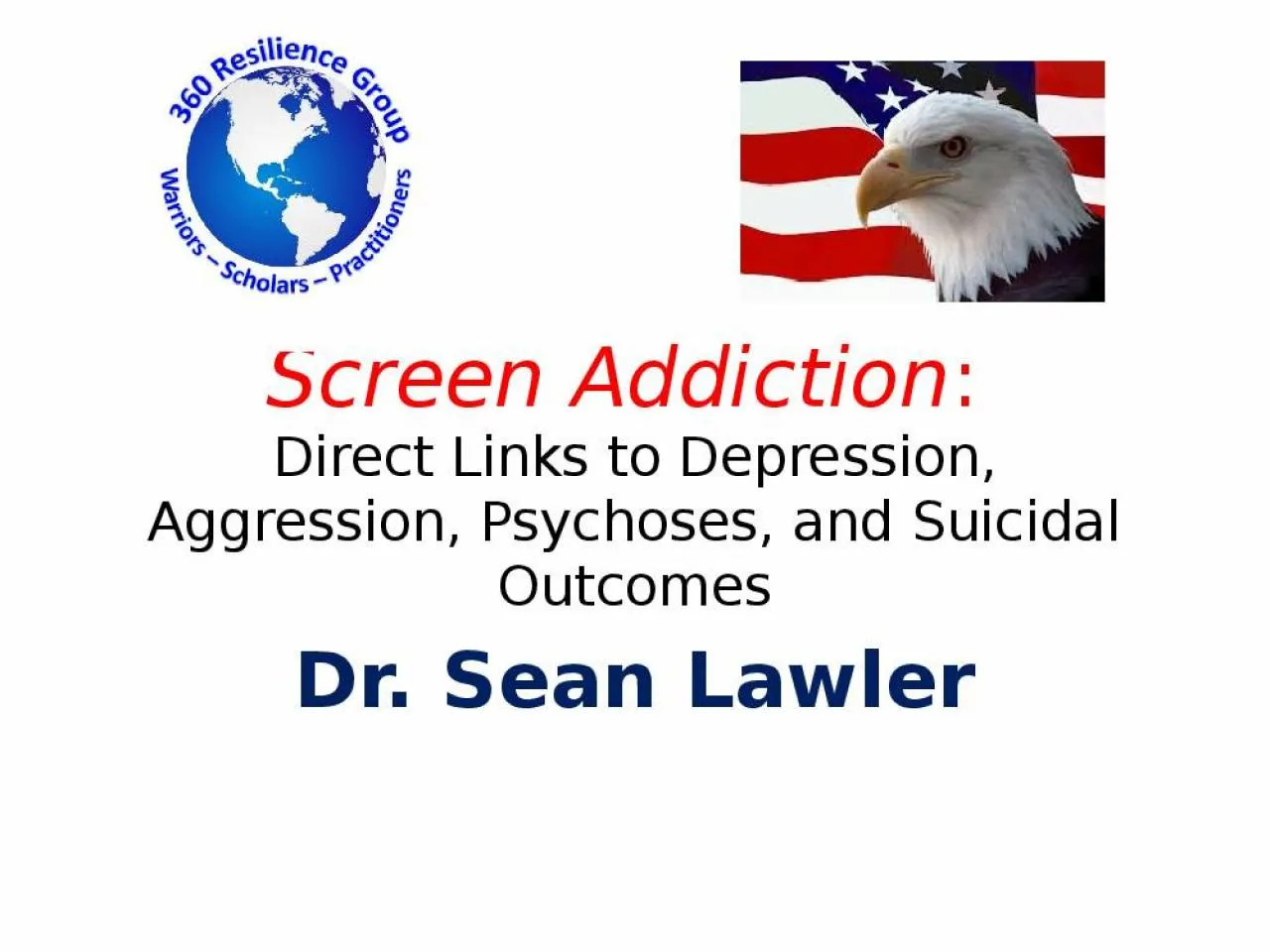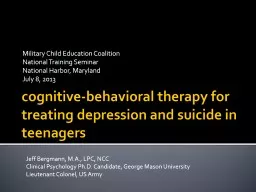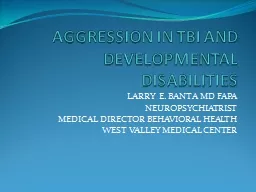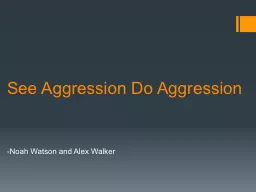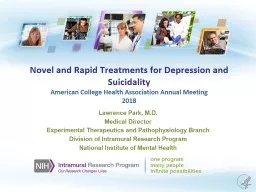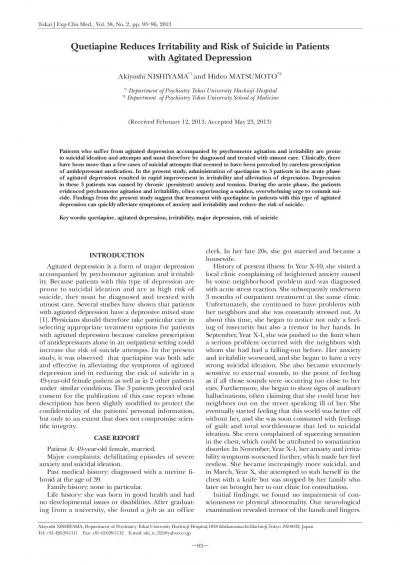PPT-Screen Addiction : Direct Links to Depression, Aggression, Psychoses, and Suicidal Outcomes
Author : udeline | Published Date : 2022-02-16
Dr Sean Lawler Extreme Content We are living through the largest unregulated social experiment of all timea generation of youth who have been exposed to extreme
Presentation Embed Code
Download Presentation
Download Presentation The PPT/PDF document "Screen Addiction : Direct Links to Dep..." is the property of its rightful owner. Permission is granted to download and print the materials on this website for personal, non-commercial use only, and to display it on your personal computer provided you do not modify the materials and that you retain all copyright notices contained in the materials. By downloading content from our website, you accept the terms of this agreement.
Screen Addiction : Direct Links to Depression, Aggression, Psychoses, and Suicidal Outcomes: Transcript
Download Rules Of Document
"Screen Addiction : Direct Links to Depression, Aggression, Psychoses, and Suicidal Outcomes"The content belongs to its owner. You may download and print it for personal use, without modification, and keep all copyright notices. By downloading, you agree to these terms.
Related Documents

